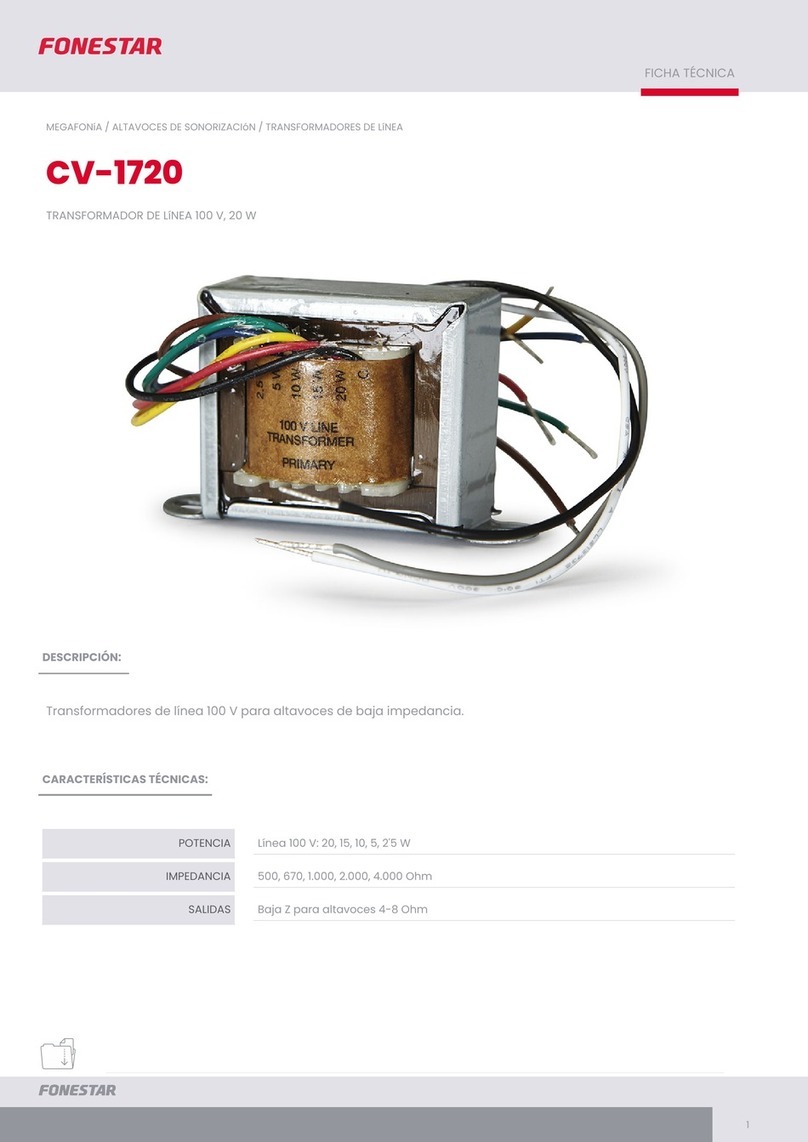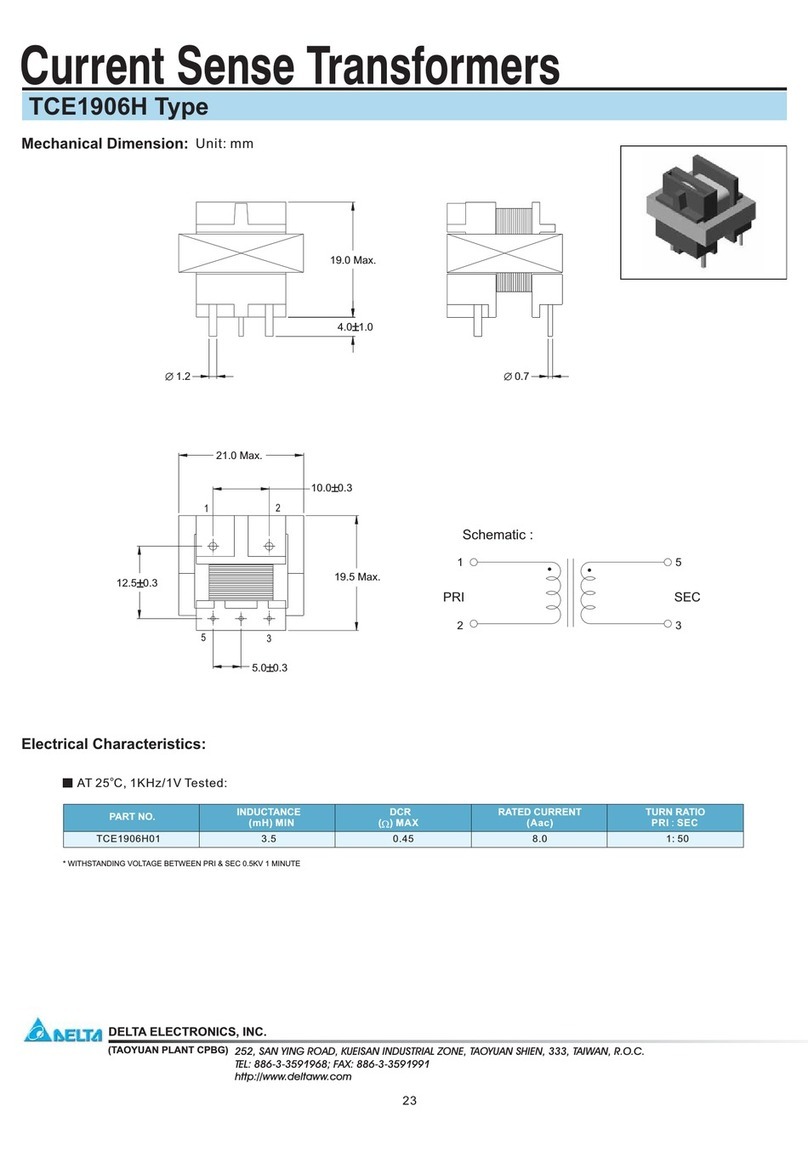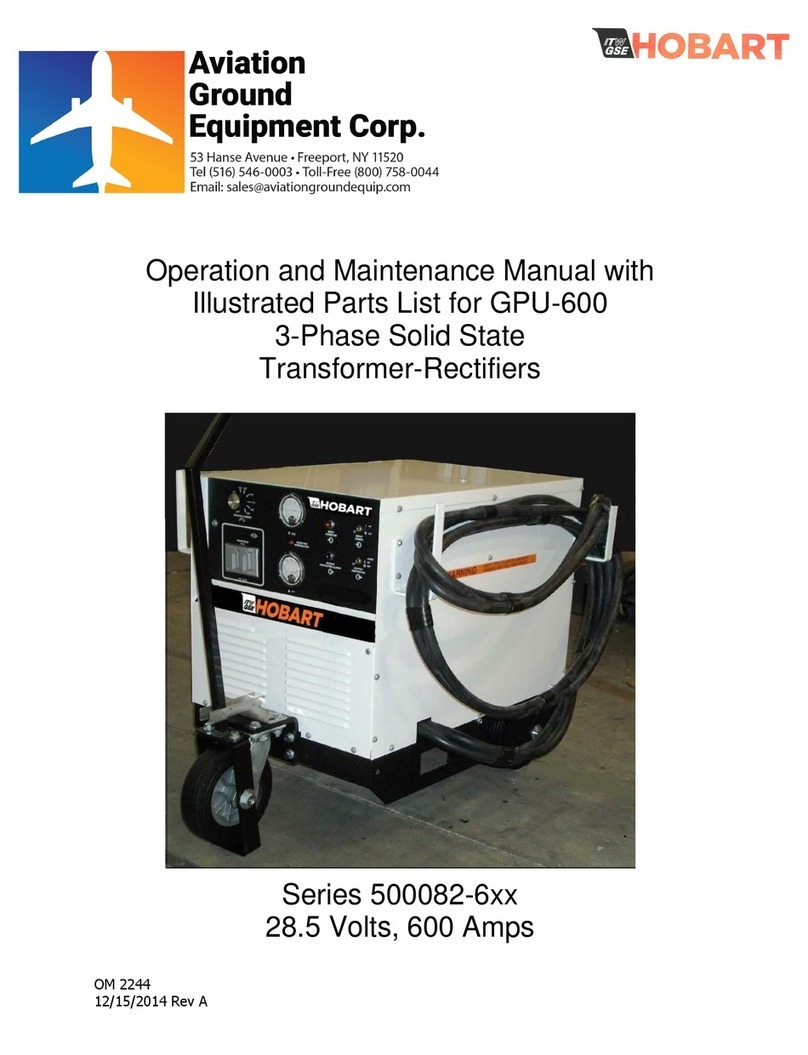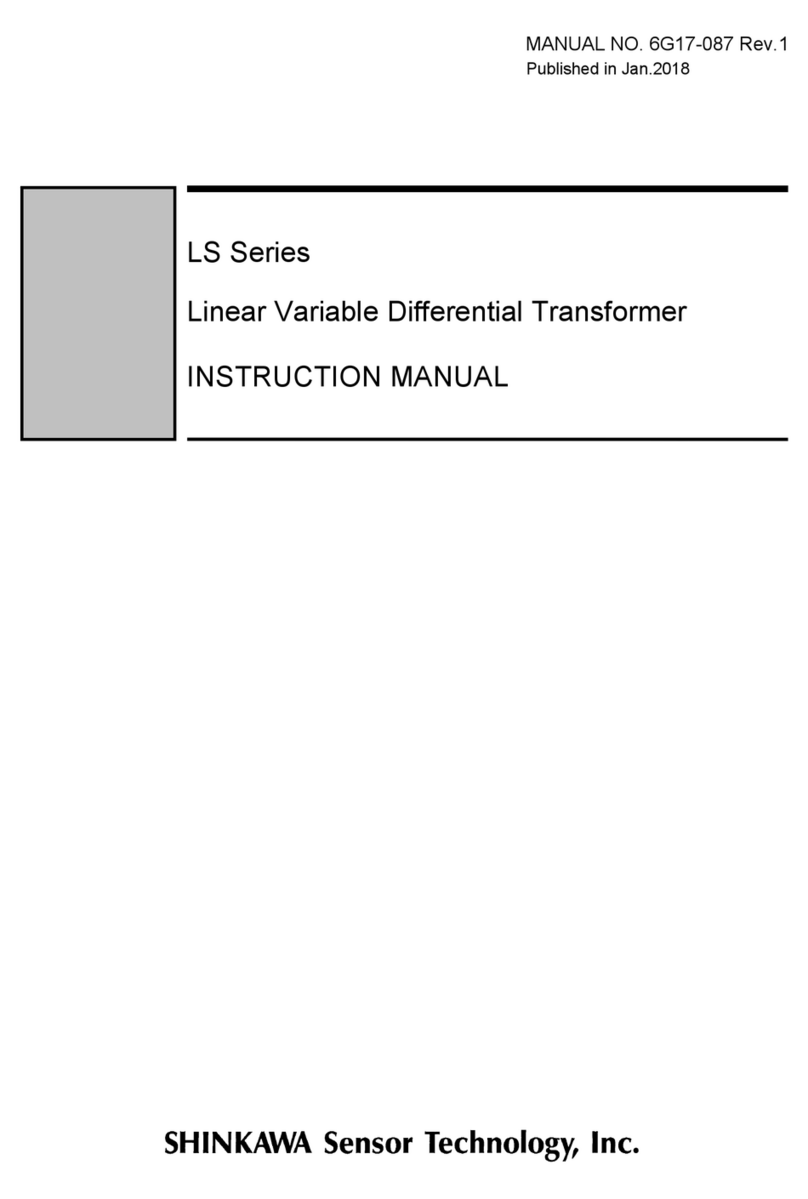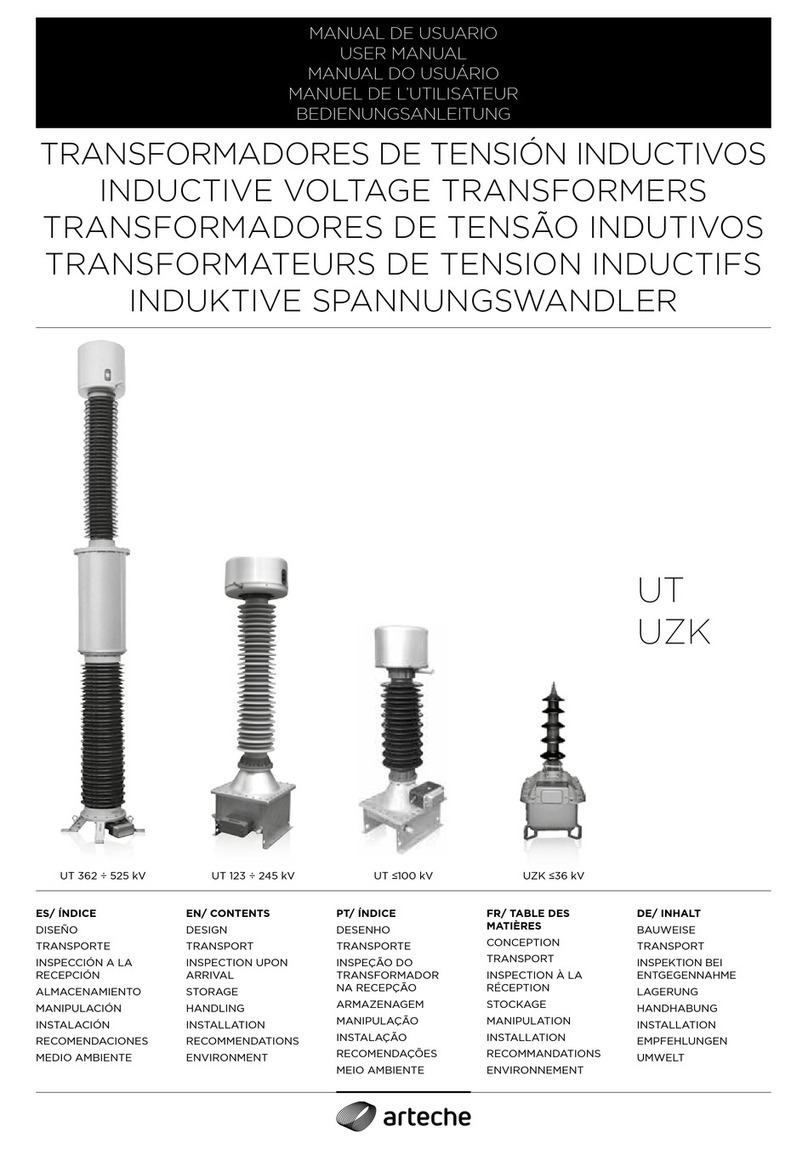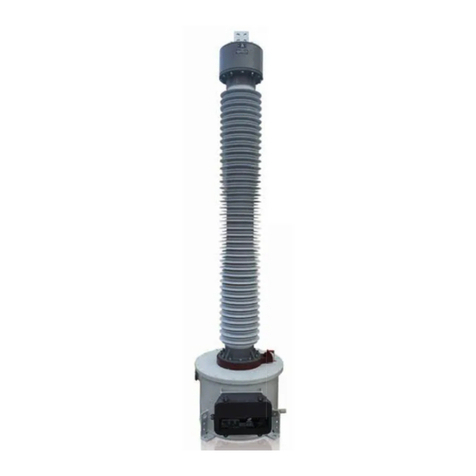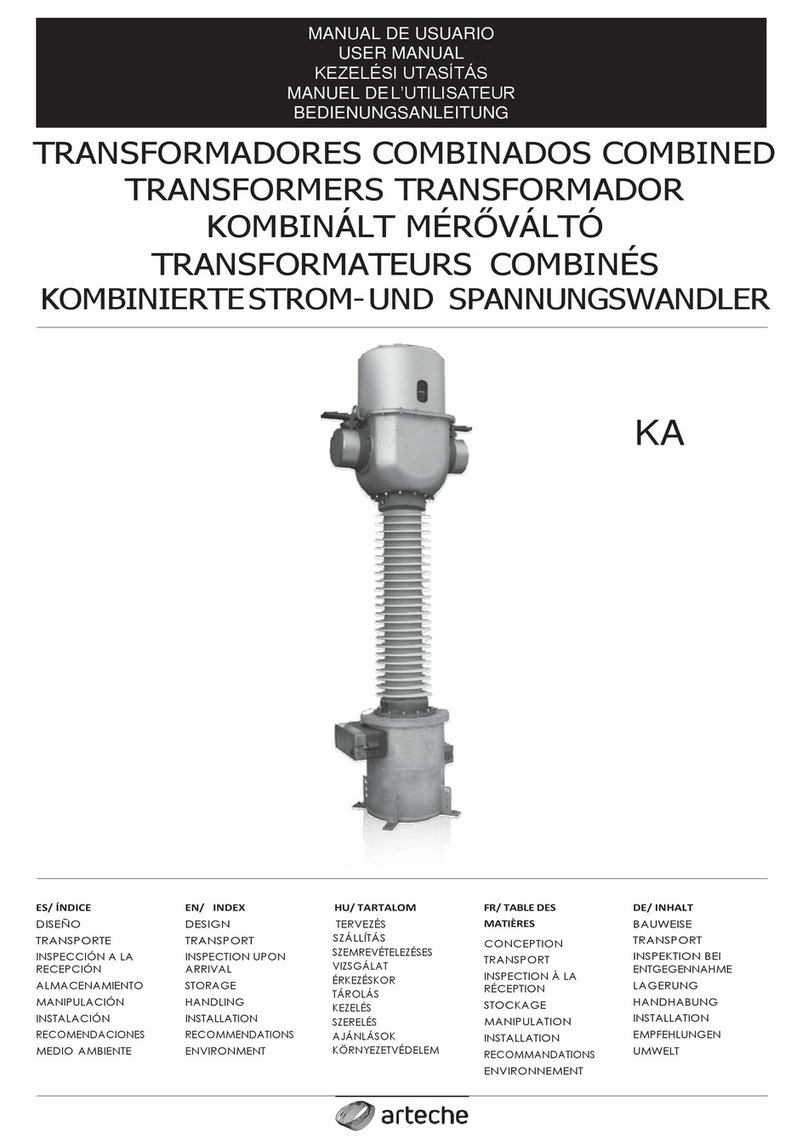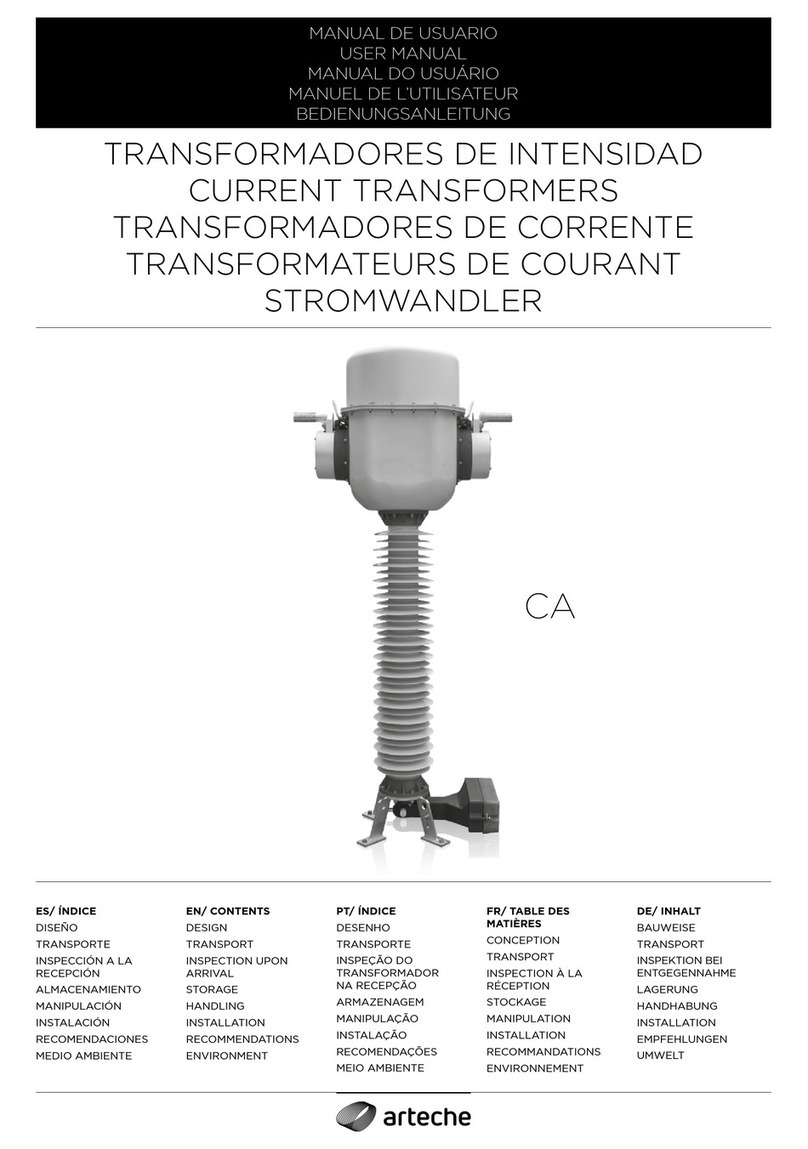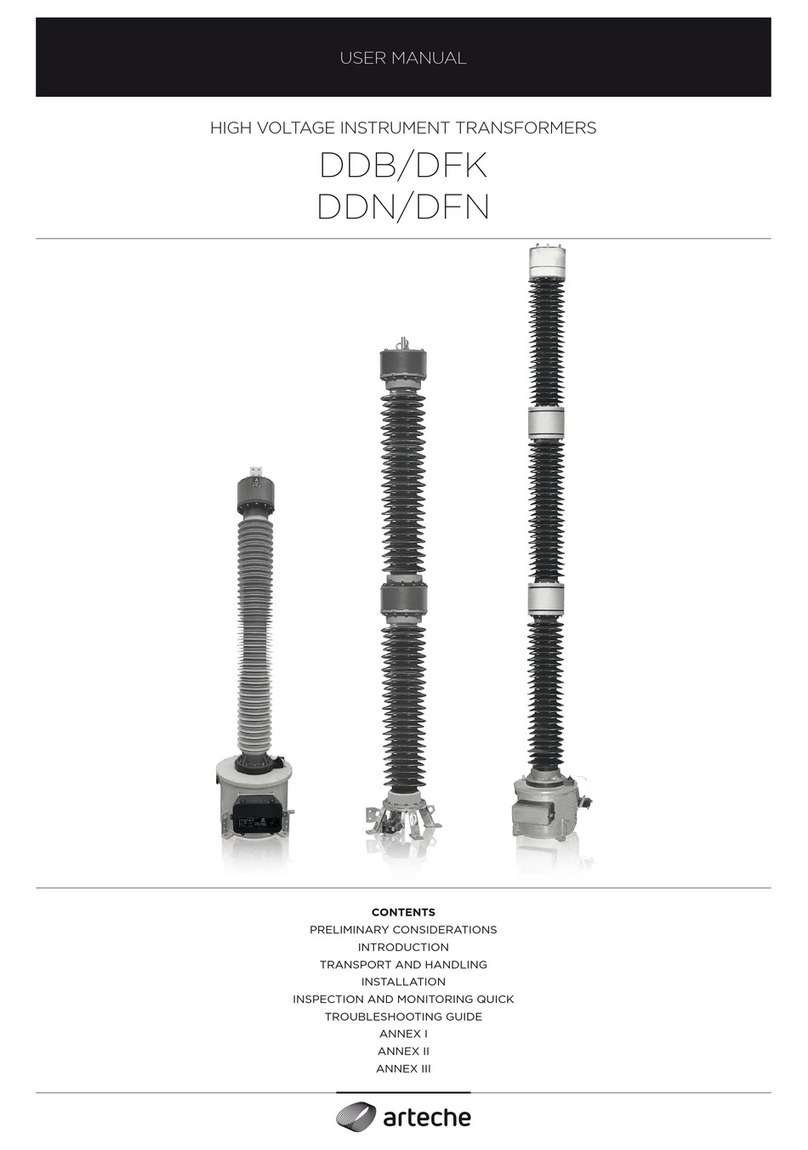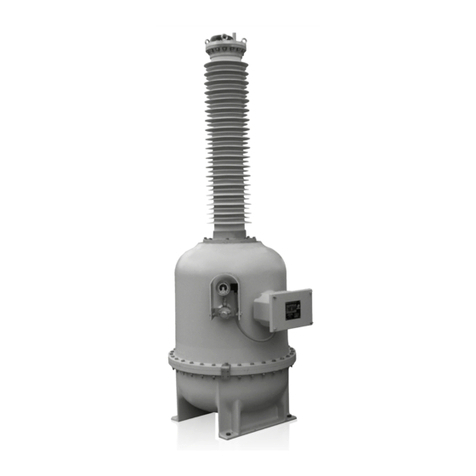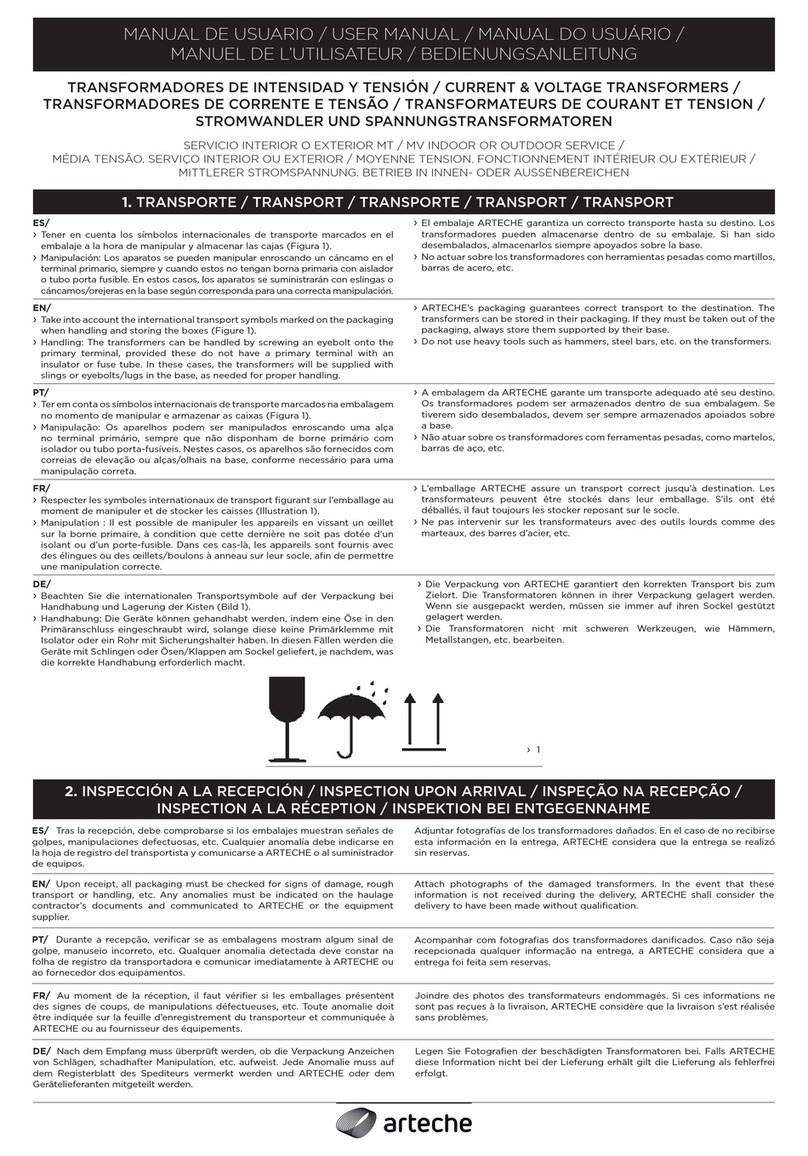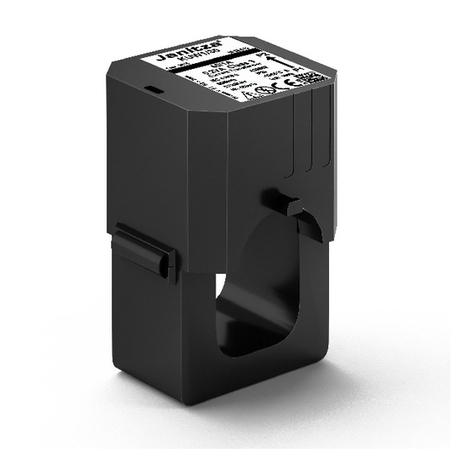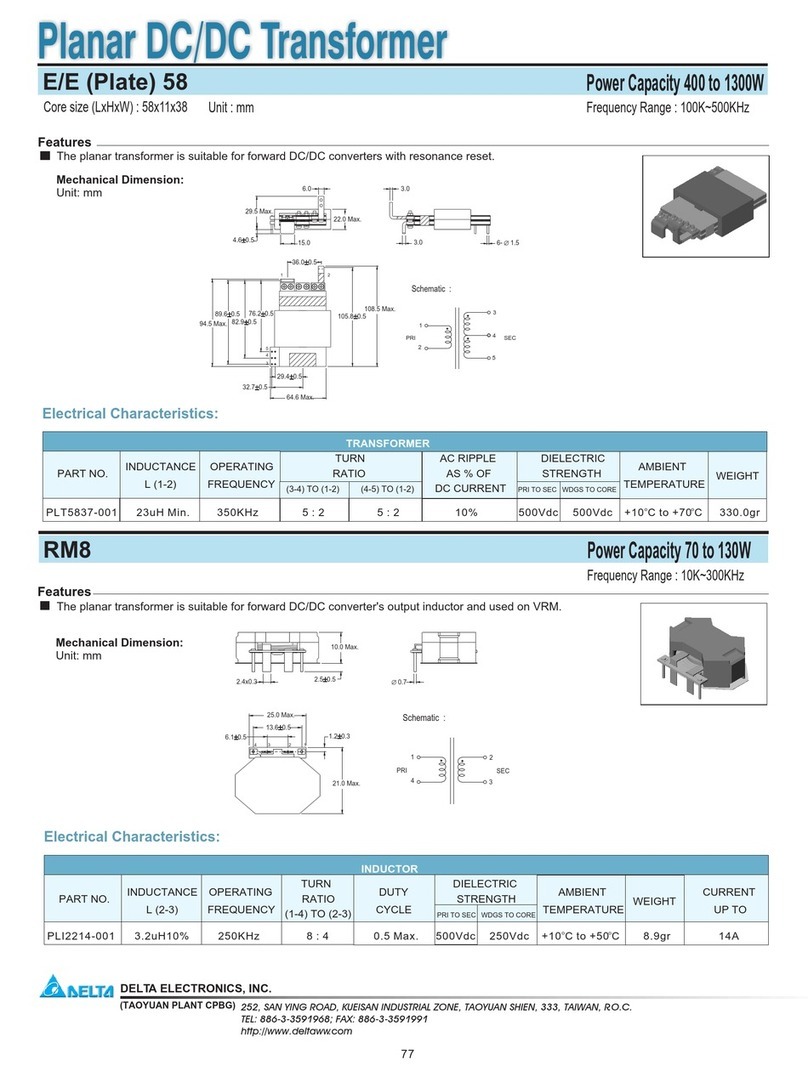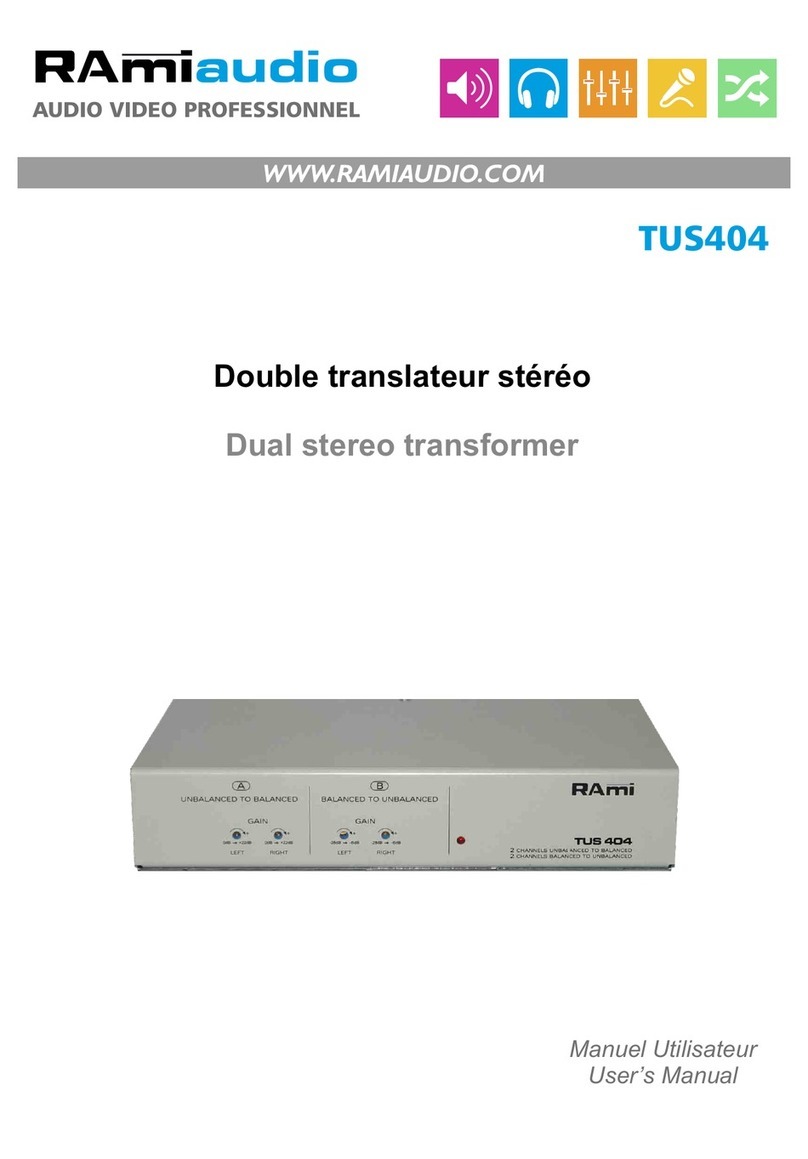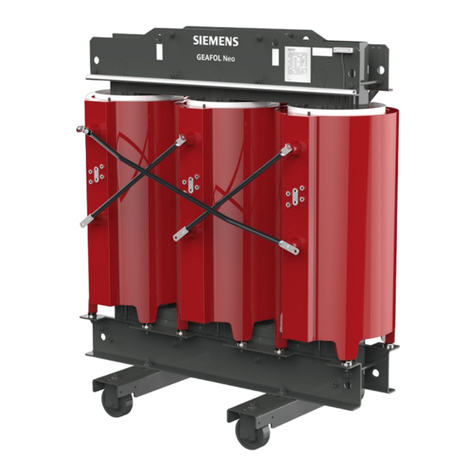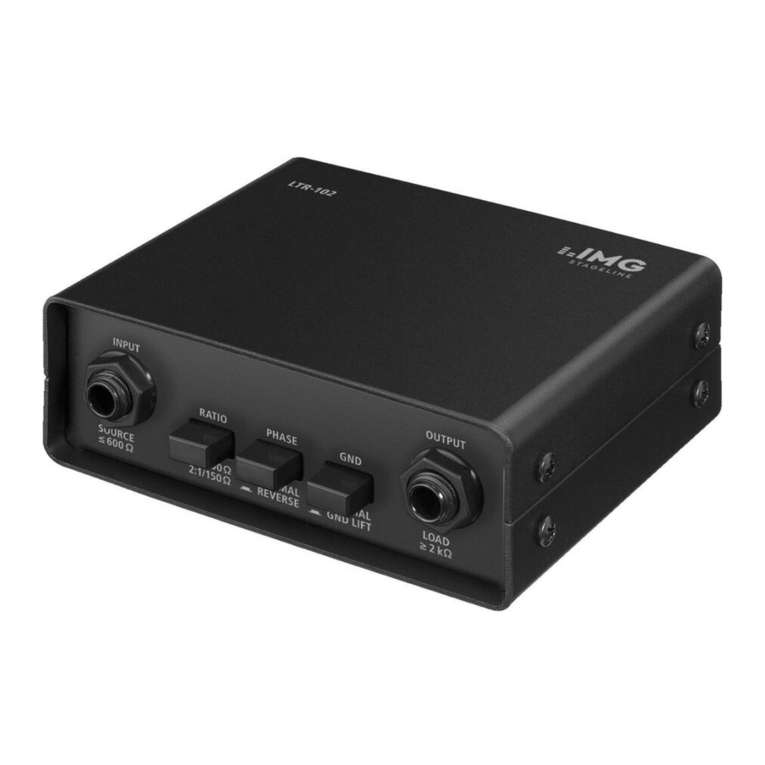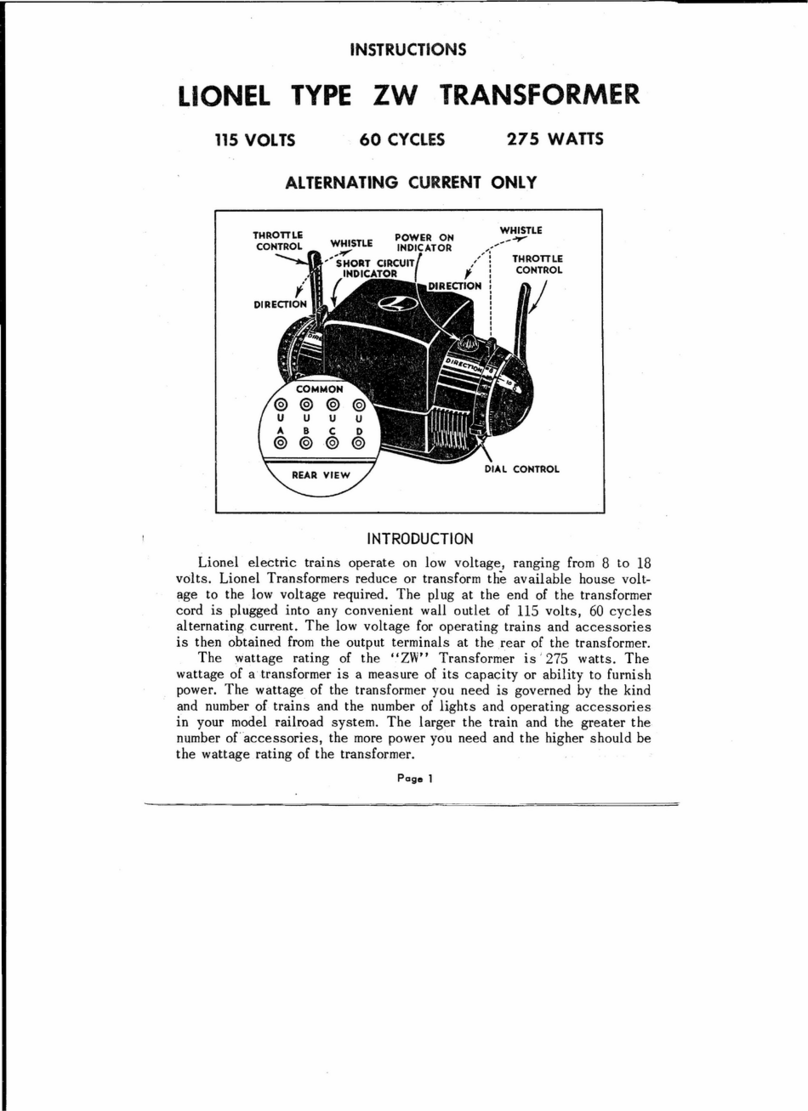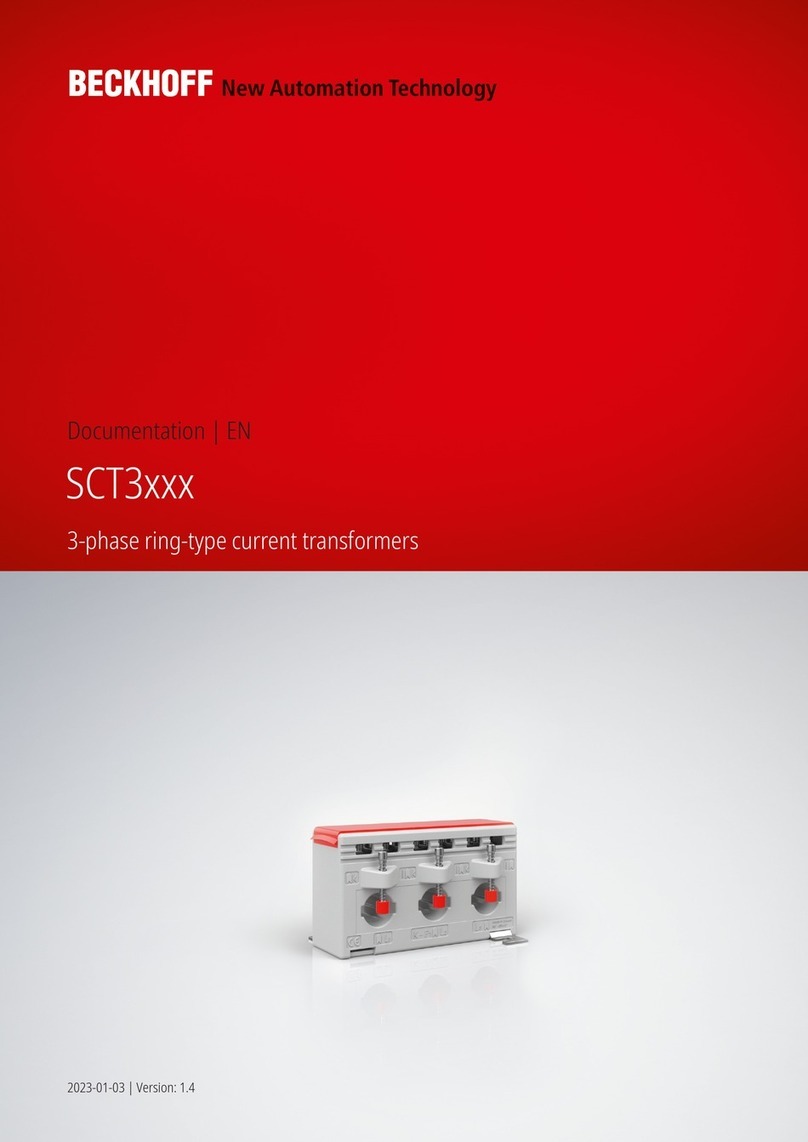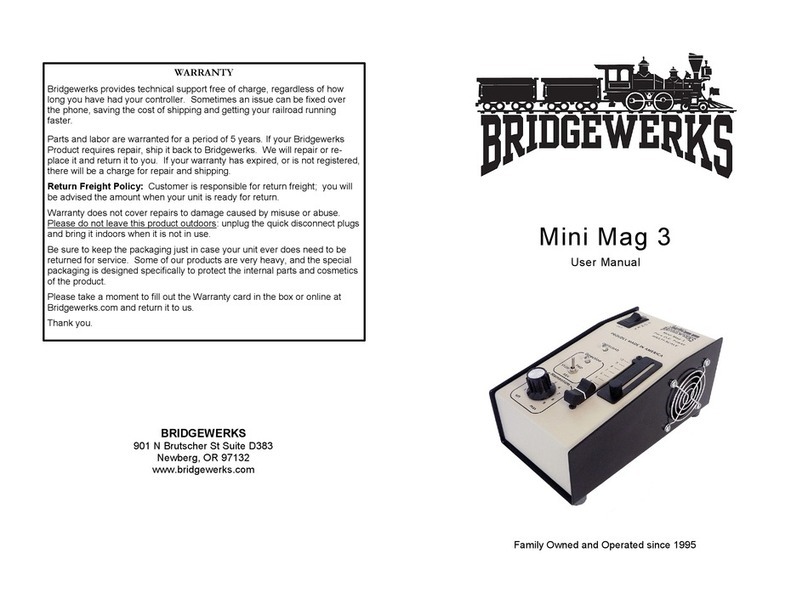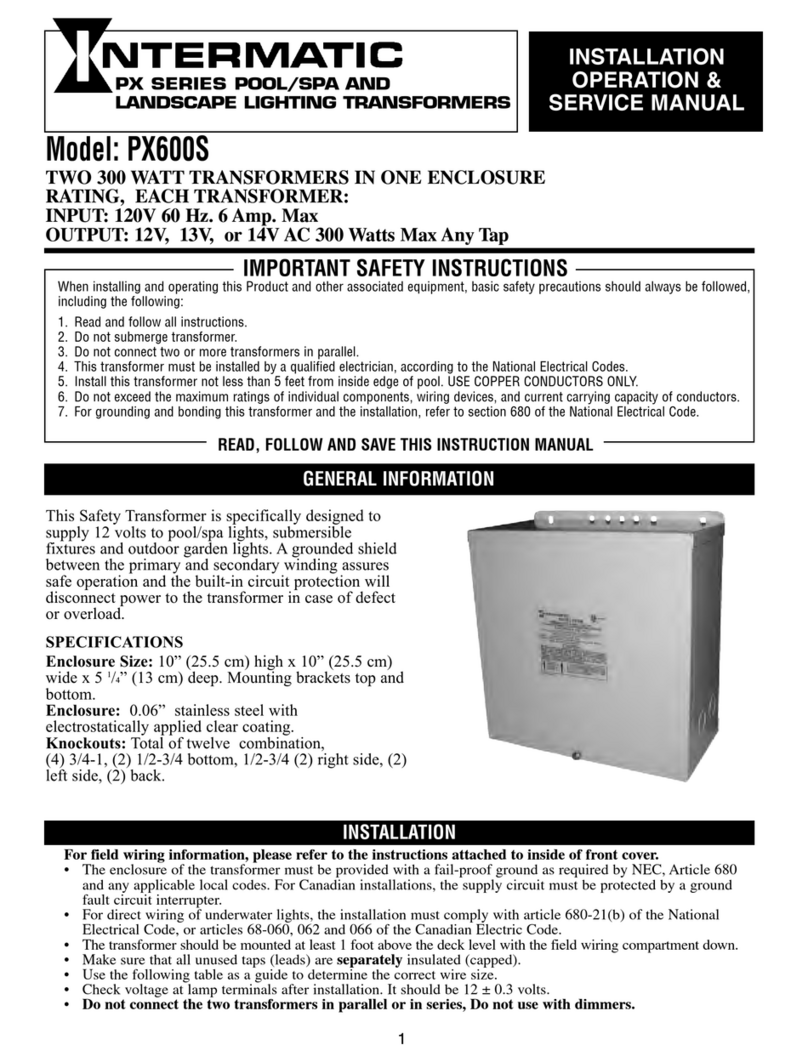
3High Voltage Instrument Transformers | CA/UT/KA
User Manual
TRANSPORT/
TRANSPORT AND HANDLING
ARTECHE’s packaging guarantees a correct transport to
destination.
These transformers can be transported both horizontally and
vertically. For transport, the transformer should be properly
attached to the packaging to avoid movement.
› Load and unload the transformer slowly and avoid sudden
movements.
› It must be secured to the truck to avoid movement.
› Keep truck acceleration under 5G, and the speed under:
• Unpaved road ___________ Max. 30 km/hour
• Secondary road ___________ Max. 60 km/hour
• Highway (motorway) ___________ Max. 90 km/hour
STORAGE/
The storage area must maintain the necessary cleanliness and
safety conditions so as to avoid damage to the transformer.
Follow the safety markings on the packaging at all times.
› Storage in vertical position: The transformers can be stored
upright in their original packaging, which was designed to
this end.
› Storage in horizontal position: Transformers may only be
stored horizontally within their original packaging, designed to
this end. We recommend not keeping them in this position for
more than 12 months. Therefore, if they are to be stored for a
longer period, they should be taken out of the box and secured
in an upright position. The transformer must be in an upright
position for at least 2-3 days before start-up. After placing the
unit in an upright position, check to see if there is residual oil
in the storage area and ensure that no oil is leaking from the
transformer.
Closed or semi-closed horizontal packages can be stacked at
two heights if it is the same package and device. Closed or semi-
closed vertical packages can only be stacked at two heights for
the UTx-52..72 models. In no case can the original position of the
packaging be changed.
Wooden packaging loses its properties over time, especially
in outdoors. Therefore, transformers cannot be stored in their
packaging indefinitely. This period depends on the type of wood,
temperature, humidity, contamination, etc. It is recommended to
monitor the integrity of the packaging regularly.
After unpacking the transformers and if they are not to be
installed immediately, always store them anchored firmly to the
floor with no time restriction.
The final holder will be responsible for delivering the used
packaging or its waste for environmental management according
to the legislation in force in their country.
HANDLING/
Unpacking: Remove the top and sides of the box to allow free
handling of the unit.
Annex I, contains the following figures.
If the transformer is in a horizontal position, to place it in a
vertical position, proceed as indicated in Fig. 1:
a. A wooden wedge (C) will be placed before beginning to lift it.
b. During the lifting process, the slings must always be kept in
an upright position.
DANGER
INJURIES from falls and tipping
› Do not place the equipment upside down or on its side
› Do not transport the equipment in conditions other than those mentioned
RECEIPT/
After receipt, check the packages for signs of shock, tampering,
oil, etc. Any anomaly must be indicated on the transport
company’s receipt sheet and communicated to ARTECHE or the
equipment supplier.
Once the transformer has been unpacked, check that none of
the screws holding the insulator have become loose during
transport. If they have, tighten them according to the torque
indicated in Annex II. If any other type of anomaly appears,
inform ARTECHE or the supplier of the equipment. Include
photos of the damaged transformers with the report.
› Possible damage to the packaging: Bumps on the outside, oil
stains on the outside of the packaging, open packaging, etc.
› Possible damage to equipment: Broken or defective insulator,
oil leaks, dented metal parts, damaged secondary terminal
box, etc.
The packed units can be moved by forklift or with slings or
chains. Follow the safety markings on the packaging.
DANGER INJURIES AND/OR FIRE
› Do not use damaged equipment
DANGER
INJURIES from falls and tipping
› Do not place the equipment upside down or on its side
› Handle the transformer according to the instructions in this manual
› The slings used must be in good condition and suitable for handling the equipment
according to its weight, which is indicated on the nameplate
Under no circumstances should a transformer be manipulated by pulling on the primary terminals
This may cause damage to the equipment and void its warranty

